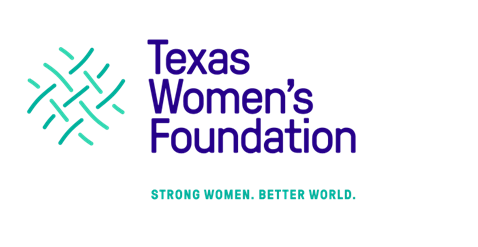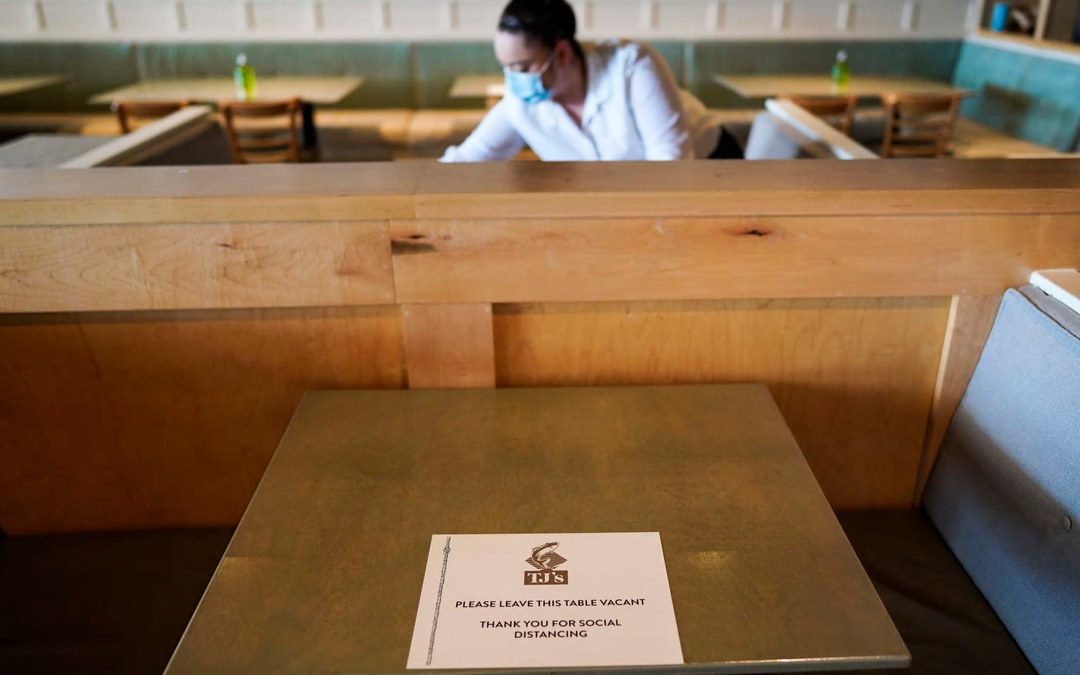Via: Dallas Morning News
By: Dom Furio
A new study provides a stark update on inequities facing women in the Texas economy, including a wage gap that hasn’t budged in the last decade.
What does a typical Texas woman look like in 2020?
She’s a millennial in her mid-30s. She’s a woman of color living in a city, earning $35,000 a year or less in order to support a family. She’s the face of poverty in a state that has seen its female population grow 19% in the last decade without making measurable progress toward economic equity.
That’s the profile laid out in a new study by the Texas Women’s Foundation that examines economic issues facing the state’s 14 million women and girls. The study used data from the U.S. Census Bureau, state and federal agencies, academic research and more than 200 other sources.
“This is our future, this is a woman that lives here now,” foundation chief operating officer Dena Jackson said.
“We want Texas to be the absolute best that it can be … and make sure that we address the needs of all Texans so that we can all contribute,” Jackson said. “The idea of the future of Texas being a young woman of color has a lot of possibilities and a very exciting future.”
Women of color comprise the majority of Texas women. And across the board those women experience higher rates of poverty than their male counterparts, the study found. Nearly one in six of women living in Texas earn less than the poverty threshold.
The study provides a stark update on the inequities facing women in the Texas economy, including a wage gap that hasn’t budged in the last decade, according to the foundation.
The state is actually sliding backward on pay equity, Jackson said.
“Something I was quite unhappy to see is that for women with a high school diploma as well as with an associate degree, the median wage actually dropped between 2014 and 2020,” she said.
The median income for a woman with an associate degree was a little over $34,300 in 2014 when the Texas Women’s Foundation began performing its Economic Issues for Women in Texas study. In 2020, that median income is $34,000.
The foundation’s analysis of median hourly wages found that Texas women earn $2.83 less than men for every hour they work. And among full-time workers in the state, women are paid $10,136 a year less than men on average.
Further keeping millions of working women from reaching some semblance of economic equity with men is the reality that child care can cost almost as much as college tuition, and nearly half of Texans live in a “child care desert,” according to the foundation.
Additionally, nearly one in five single women and single mothers in Texas spend more than 50% of their income on housing, and are disproportionately affected by eviction and homelessness, according to the foundation.
Texas women are also twice as likely to lack health insurance compared to women in other parts of the U.S.
The study, which is conducted every three years, has enhanced significance this year as Texas grapples with the coronavirus pandemic’s outsized impact on communities of color, Jackson said, referring to the inequities as a “stumbling block” for the state as it attempts to rebuild its economy.
Even the nation’s central bank this week expressed concern about the unequal nature of the current economic crisis.
“This is yet another lens for people to understand the big picture and how they can then have impact and make changes,” Jackson said.
The foundation is encouraging elected officials and others to combat inequities facing women through a slew of policy proposals, including improved access to child care, stable housing, education and health insurance.

